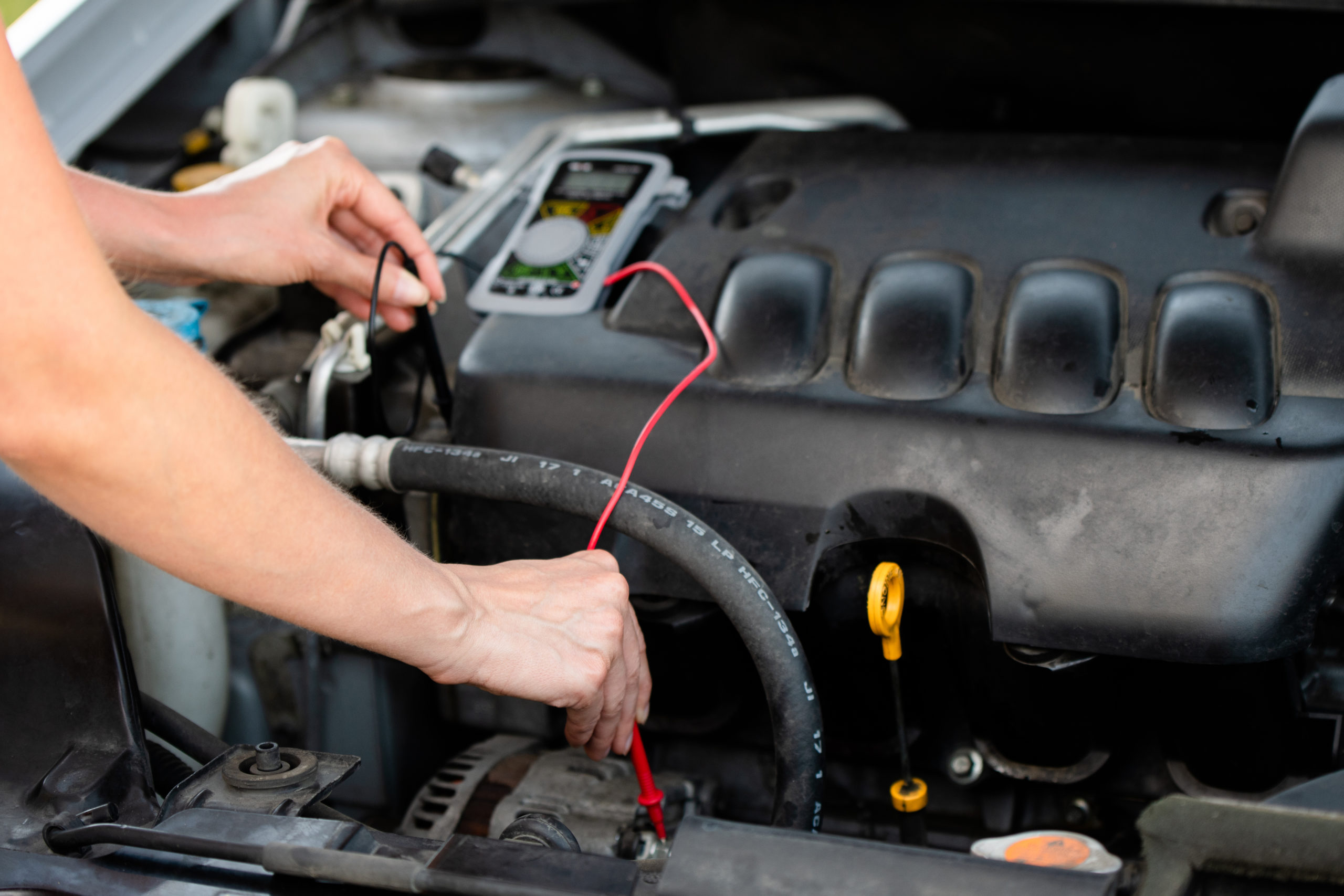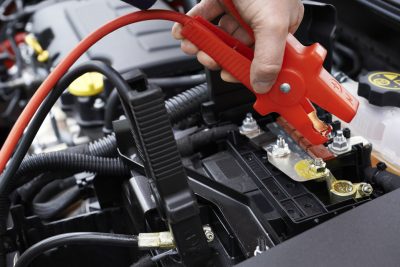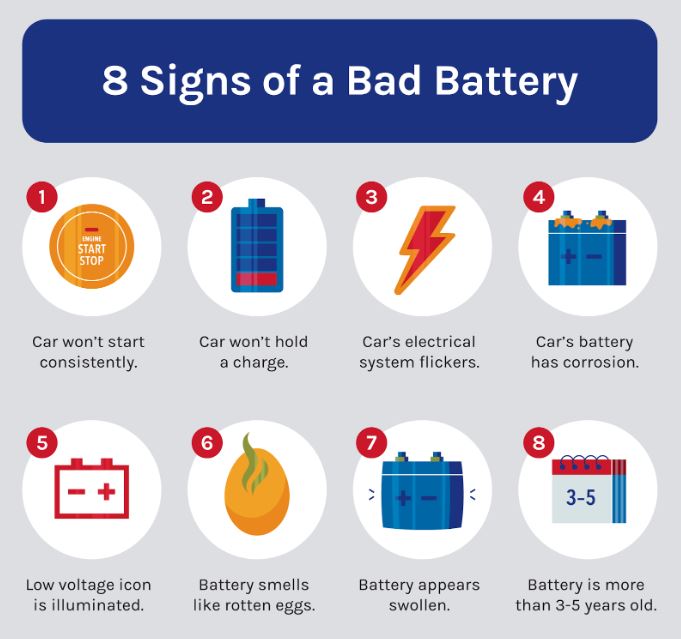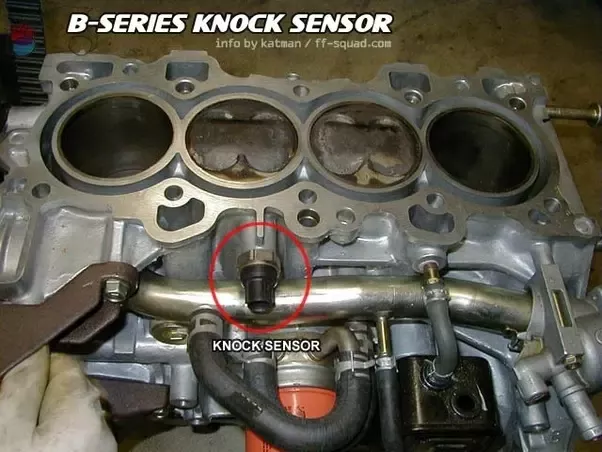Signs of a Bad Car Battery Vs Alternator
Signs of a bad car battery typically include dim headlights and a slow engine crank. Alternator issues may cause bright lights that then fade and accessories that work intermittently.
Understanding the symptoms of a failing car battery or alternator is crucial for timely maintenance and avoiding roadside breakdowns. Your vehicle relies on the battery to start the engine and power electronics when the engine is off, while the alternator recharges the battery and powers these systems while the engine runs.
A weak battery may struggle to start the engine, and you might notice your dashboard lights dimming. On the other hand, a failing alternator often leads to flickering lights and electrical accessories that lose power while driving. Knowing these signs helps drivers address issues before they lead to a dead battery or, worse, being stranded. Regular checks of your battery and alternator can help detect problems early and ensure your vehicle remains reliable on the road.
Symptoms Of A Failing Car Battery
Car troubles often lead to frustration, especially with a failing car battery. Spotting the warning signs early can save you from a vehicle that won’t start.
Trouble Starting The Engine
The first, and often most common, sign of a bad battery is trouble starting the engine. A slow cranking engine or having to turn the ignition multiple times before the engine roars to life indicates battery issues.
Dimming Headlights And Electrical Issues
If your car’s headlights dim when idling but brighten upon revving the engine, this can signal a weak battery. Other electrical accessories such as your car’s stereo and dashboard lights may also perform inconsistently when your battery is on its last legs.
Corrosion And Physical Battery Damage
Visible corrosion on the battery terminals or the distinct smell of sulfur (rotten eggs) is a telltale sign. When batteries age, cases may crack and leak, so looking out for any type of physical damage is critical for vehicle health.
| Sign | What to Look For |
|---|---|
| Slow Engine Crank | Engine takes longer to start |
| Dim Lights | Headlights and cabin lights lose brightness |
| Corrosion | White, ashy substance on the battery terminals |
| Physical Damage | Swelling, cracks, or leaks from the battery case |

Credit: www.autozone.com
Warning Indicators Of Alternator Problems
Your car relies on the alternator for power. A failing alternator presents clear signs. Recognize these early warnings to avoid a breakdown. Keep an eye on your dashboard and be aware of unusual car behaviors.
Battery Warning Light On Dashboard
The battery icon lighting up means trouble. It’s often the first clue. This light could signal alternator issues. If you see this icon, get your alternator checked promptly.
Electrical Failures And Dimming Lights
Watch out for electrical hiccups. Dimming headlights or flickering cabin lights suggest power problems. This could be due to the alternator failing to keep up with your car’s electrical demands. Don’t ignore these signs. They often lead to more severe issues.
Strange Noises And Smells
- Odd sounds: A worn-out belt can make a whining or growling noise.
- Unpleasant smells: A burning odor might come from an overheating alternator.
Sounds and smells out of the ordinary shouldn’t be overlooked. They could save you from unexpected failures.
Testing For Battery Vs. Alternator Issues
Your car’s reluctance to start might signal either a failing battery or a problematic alternator. Figuring out the culprit is vital for a fix. Simple tests can reveal which component may need attention. Get ready to uncover the mystery with the following diagnostic strategies.
Voltage And Load Tests
Voltage tests check the power level of your car’s battery.
Perform this check using a multimeter.
Set it to the DC volts setting.
- A fully charged battery should show around 12.6 volts.
- Readings under 12.2 volts suggest a charge is needed.
Proceed with a load test if the voltage seems okay.
- Turn the headlights on with the engine off.
- Observe any noticeable dimming over five minutes.
Visual Inspection Techniques
Inspect visually for obvious signs of wear and damage.
Look for:
- Corrosion at terminals – suggests poor connection.
- Swelling or bloating battery case – hints at an internal problem.
None should be present for a healthy battery.
Professional Diagnostic Tools
Mechanics use advanced tools to diagnose issues.
A charging system tester provides detailed analyses.
These tools measure:
| Test Type | Purpose |
|---|---|
| Alternator Output | Ensures alternator provides sufficient power. |
| Battery Load | Checks battery’s ability to hold charge under stress. |
Such tools pinpoint the exact issue with precision.

Credit: www.firestonecompleteautocare.com
Consequences Of Neglecting Battery And Alternator Health
The health of your car’s battery and alternator is vital for its smooth operation. Ignoring signs of wear can lead to bigger problems. Learn why you should keep tabs on these essential components.
Reduced Vehicle Longevity
A well-maintained battery and alternator mean a longer life for your car. Without attention, the risk of breakdown increases. Components strain as they try to compensate for a failing battery or alternator:
- Electrical system overload
- Dimmed headlights and dashboard lights
- Difficulty in starting the engine
This extra wear can shorten your vehicle’s lifespan significantly.
Potential Safety Hazards
Car battery and alternator issues aren’t just inconveniences; they pose real dangers. Unexpected shutdowns could happen:
- On busy roads
- During nighttime drives
- In remote areas with no immediate help
Regular checks prevent these risky scenarios.
Cost Implications Of Emergency Repairs
Emergency breakdowns often lead to towing and repair costs. These unexpected expenses can be a financial burden. Preventative maintenance helps avoid:
| Emergency Costs | Preventative Measures |
|---|---|
| Towing fees | Regular battery tests |
| Higher repair bills | Alternator voltage checks |
| Last-minute part replacements | Scheduled servicing |
By managing battery and alternator health, these costs can be minimized or avoided altogether.
Maintenance Tips For Car Battery And Alternator Longevity
To keep your car running smoothly, regular maintenance of its battery and alternator is crucial. Understanding the signs of a bad battery versus a failing alternator can save you time and money. By following a few key maintenance tips, you can extend the longevity of these essential components.
Regular Battery Cleaning And Checkups
Keeping your car’s battery clean is vital for its performance. Dirt and corrosion can lead to poor connections. Clean the terminals with a brush and a mixture of baking soda and water. Check your battery every six months and look for signs like bulging, leaks, or a rotten egg smell. These indicate a replacement is needed.
Recognizing The Importance Of Driving Habits
Your driving habits can affect your car’s battery and alternator health. Short trips prevent the battery from fully charging. Longer drives help maintain the charge. Avoid using electronics like the radio or air conditioner when the engine is off. This preserves the battery’s power.
When To Seek Professional Inspection And Replacement
If you notice dimming headlights or a slow engine crank, it’s time for a professional check. These could point to a failing battery or alternator. A mechanic can perform a voltage test and inspect belts for any wear. Ensure timely maintenance to avoid getting stranded with a dead battery or faulty alternator.

Credit: www.carguysautocenter.com
Frequently Asked Questions For Signs Of A Bad Car Battery Vs Alternator
How To Tell If Your Car Battery Is Failing?
The signs of a failing car battery include dimming headlights, slow engine crank, and a swollen battery case. If the battery struggles to hold a charge, it’s likely nearing its end of life.
Can A Bad Alternator Mimic Battery Problems?
Yes, a bad alternator can mimic battery problems. Symptoms like dead battery, flickering lights, and electrical issues may arise. If the alternator fails to charge the battery, similar signs appear.
What Are The Warning Signs Of A Bad Alternator?
A bad alternator may show warning signs such as a dashboard warning light (often shaped like a battery), dim or overly bright lights, and electrical malfunctions. You might also hear a whining or grinding noise from the alternator.
How Does A Car Behave With A Faulty Battery?
With a faulty battery, a car might experience intermittent starting issues, dimmed dashboard lights, and electronic accessories that operate erratically or not at all. The car may also fail to start, leaving you stranded.
Conclusion
Understanding the difference between a failing car battery and a troublesome alternator is crucial for vehicle upkeep. Spotting the warning signs early can save time and prevent costly repairs. Keep an eye on your vehicle’s electrical performance and consult a professional mechanic at the first hint of trouble to ensure your journeys remain smooth and uninterrupted.





